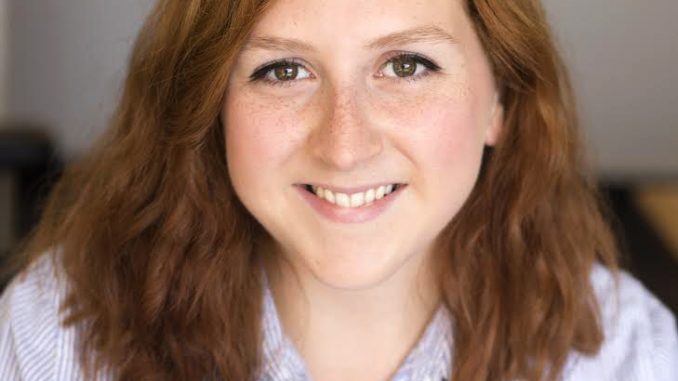
 At the beginning of this semester, myself and five other journalism students were fingerprinted and background-checked before stepping foot into our classroom. Not one in Annenberg Hall, but classrooms scattered through the city.
At the beginning of this semester, myself and five other journalism students were fingerprinted and background-checked before stepping foot into our classroom. Not one in Annenberg Hall, but classrooms scattered through the city.
I signed up for the “High School Journalism Workshop” class after reading about and talking to a lot of people with opinions on the state of the School District of Philadelphia.
Some said it just needs a little love, and more people to care about education. Others told me a total overhaul was necessary. I knew some felt charter schools were a drain on the district’s resources and others thought they were god’s gift to Philly students.
As a Temple student from Central Pennsylvania, I felt too far removed to participate in that conversation. I went to school in a good district, the high school I attended was built a few years before I walked through the doors. I knew this would be very different. I wanted to get in there and figure it out.
I was matched with The Academy at Palumbo, a magnet school in South Philly which had just received a grant for a media lab in the school from WHYY. Robert Paul, a 15-year English teacher in the district, was new to the school and new to teaching journalism.
“I took a journalism class in college, but that was 15 years ago, before Internet, and I needed to figure something out,” he said.
When I finally visited for the first time, I was met by 30 high schoolers, eager with questions. “Where did you go to school? What is college like? Why did you want to become a journalist?” Even, “What do your parents do for a living?”
I was surprised, and excited. I’ve presented to journalism classes here at Temple where students have a lot less to say.
Because the media lab wasn’t set up until November, Paul taught vlogging and photo stories. He told me he recognized the lack of interest in print mediums and let the kids run with creating videos once the lab was at their fingertips.
“At least 75 percent of them want to be here,” Paul said of the elective, which is a lot more than I can say for those who I graduated with.
Early on, I heard Paul tell the class that journalism isn’t just something you learn, like in other classes. “This is something you can actually take with you and turn into a job,” he would say.
I saw some of the students digest that thought and take advantage of it.
“This isn’t like what I learn in psychology,” one of the kids told me. “I can put this on an application or show what I made to a college.”
The lab was an investment. Paul and Palumbo’s principal, Kiana Thompson, went through two rounds of presenting curriculums and lesson plans before they were chosen as one of six schools to receive the lab, decked out with six Mac computers, video kits, tripods and cameras. The deal came with a once-a-week instructor, and me, an intern.
I helped those who needed it film, edit and script their videos. I taught mini-lessons on video editing, interviewing and even held a fake press conference.
I gave advice as much as possible and was there to answer questions, but mostly I stood by and watched as a bunch of kids took the tools they were given and told stories through video about what was important to them.
That is, essentially, journalism. The lab was an investment, but I saw great reward, even in the two hours a week I spent with them.
Five of the students go to an after-school program through WHYY to keep expanding on what they’re learning in the halls of Palumbo. One student has submitted work to film festivals. Another has sat in the press box at a 76ers game with writers and editors from Sports Illustrated.
Journalism is very much making do with what you have. I saw this idea in the journalism class and in the school as a whole.
The professor who runs the class at Temple told us we’d be teaching some journalism, but we’d also be there as an example of what college and a career can look like.
I was able to share a little bit of journalism with them, but this could be instituted across many fields. In all of the standardized testing and statistics surrounding these schools, there’s also simply students looking to learn.
“I think a lot of them are seeing like, ‘Oh, these are things we are doing in class and I can definitely do it in the real world,’” Paul said.
The WHYY lab is a pilot program this year, but Paul is already thinking about expanding. Getting kids interested in the world outside school doesn’t necessarily take a lab full of equipment or an instructor, but someone to show them there’s a lot out there. Paul does that.
After a few months, I’m better educated when I hear conversations about the state of the schools. They need more than just a little love, yes, but we can’t think about the next generation as having come out of a disaster.
They need a reminder of all that lies ahead.
Paige Gross can be reached at paige.gross1@temple.edu or on Twitter @By_paigegross.


Be the first to comment